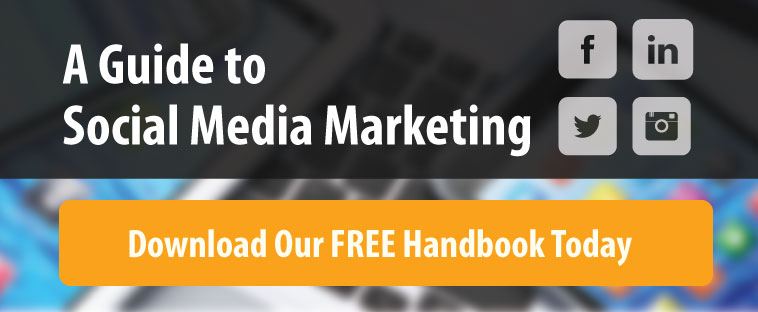Social media and content go together like peanut butter and jelly. Without great content, you’ve got nothing to promote on social media. Without social media, drastically fewer people will be exposed to your content. Even if you have a decent base of followers, a strong social media content strategy is imperative to seeing results.
The Groundwork of a Great Social Media Content Strategy
Know Your Audience
Different demographics flock to different social channels. If your business sells products that are bought mainly by people aged 30-49, for example, you would have more success concentrating your efforts on Facebook. Of course, this doesn’t necessarily mean you should focus all of your energy on Facebook marketing. The more channels you use to promote, the more people you can reach.
Understand Your Goals
Once you’ve got an idea of who your audience is, bear in mind that everything you post to social media should have a purpose. The ultimate goal of creating a social media content strategy is to benefit your business.
However, not every post has to be a blatant sale of your products or services that encourages your followers to make a purchase immediately. Posting relevant, educational blogs and articles will help your brand become a trusted source of information. Sharing a funny Friday picture, for example, to celebrate the end of the work week shows your followers that your company has a fun side. Building trust and nurturing relationships is a key element of converting customers.
Social Schedules
Whether you’re just managing the Facebook of a small business or working for a larger agency that handles the accounts of several different clients, a scheduling system can be a big help. Some weeks are more demanding than others in terms of social media. When holidays are coming up or your company is running an event, you’ll have more work to do than usual. Using a tool to schedule your posts ahead of time helps to mitigate stress and stay organized.
The Execution Phase
Mind Your Manners
Once you’ve set the foundation of your social media content strategy, it’s time to post. If you’re new to social media marketing, you’ll first want to familiarize yourself with general posting etiquette for each channel. Here are questions to ask yourself in order to keep your posts mistake-free:
- How often should I post to each specific channel? There are recommended guidelines, but it ultimately depends on you doing a bit of experimentation to see what works best for your business.
- Am I being as brief as possible? Nobody wants to read a novel’s worth of copy on a social post. Make sure your posts are brief and concise.
- Is this post useful, funny or helpful in enhancing my brand’s identity? Above, we talked about the importance of understanding your goals. Keep this in mind come posting time.
- Have I triple-checked spelling and grammar? A small spelling mistake isn’t going to ruin your brand, but flawless copy looks better than sloppy copy.
Monitor Success and Experiment
An effective social media monitoring tool helps you understand what’s working well and what’s not. Though likes and retweets are great, don’t use them as the only indicator of your social media strategy’s success. Instead, focus on click-through rates and conversion rates and how you can improve them—your goal is to gain more business, after all. The sky is the limit on social media, so even your most successful posts can likely be improved with some tweaking.
Interact Accordingly
When people comment on your posts, make sure you interact with them. Respond appropriately and promptly to both praise and complaints. Also, share relevant content from other people to educate your followers as much as you can.
Remember, it’s fine to have fun on social media, but keep your goals in mind and stick to your strategy so you continuously reap results.




